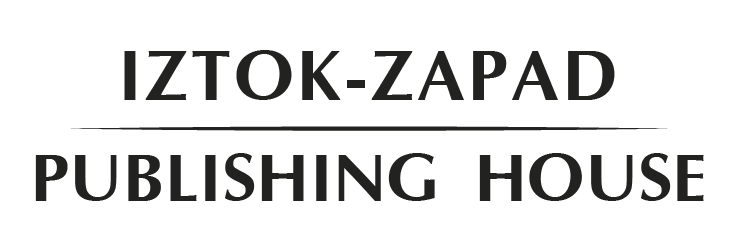Samuel Hahnemann

Christian Friedrich Samuel Hahnemann (1755–1843) was a German physician, best known for creating the system of alternative medicine called homeopathy.
Christian Friedrich Samuel Hahnemann was born in Meissen, Saxony, near Dresden. His father Christian Gottfried Hahnemann was a painter and designer of porcelain, for which the town of Meissen is famous.
As a young man, Hahnemann became proficient in a number of languages, including English, French, Italian, Greek and Latin. He eventually made a living as a translator and teacher of languages, gaining further proficiency in "Arabic, Syriac, Chaldaic and Hebrew".
Hahnemann studied medicine for two years at Leipzig. Citing Leipzig's lack of clinical facilities, he moved to Vienna, where he studied for ten months.After one term of further study, he graduated MD at the University of Erlangen on 10 August 1779, qualifying with honors. His poverty may have forced him to choose Erlangen, as the school's fees were lower. Hahnemann's thesis was titled Conspectus adfectuum spasmodicorum aetiologicus et therapeuticus. [A Dissertation on the Causes and Treatment of Spasmodic Diseases]
In 1781, Hahnemann took a village doctor's position in the copper-mining area of Mansfeld, Saxony. He soon married Johanna Henriette Kuchler and would eventually have eleven children. After abandoning medical practice, and while working as a translator of scientific and medical textbooks, Hahnemann travelled around Saxony for many years, staying in many different towns and villages for varying lengths of time, never living far from the River Elbe and settling at different times in Dresden, Torgau, Leipzig and Köthen (Anhalt) before finally moving to Paris in June 1835.


